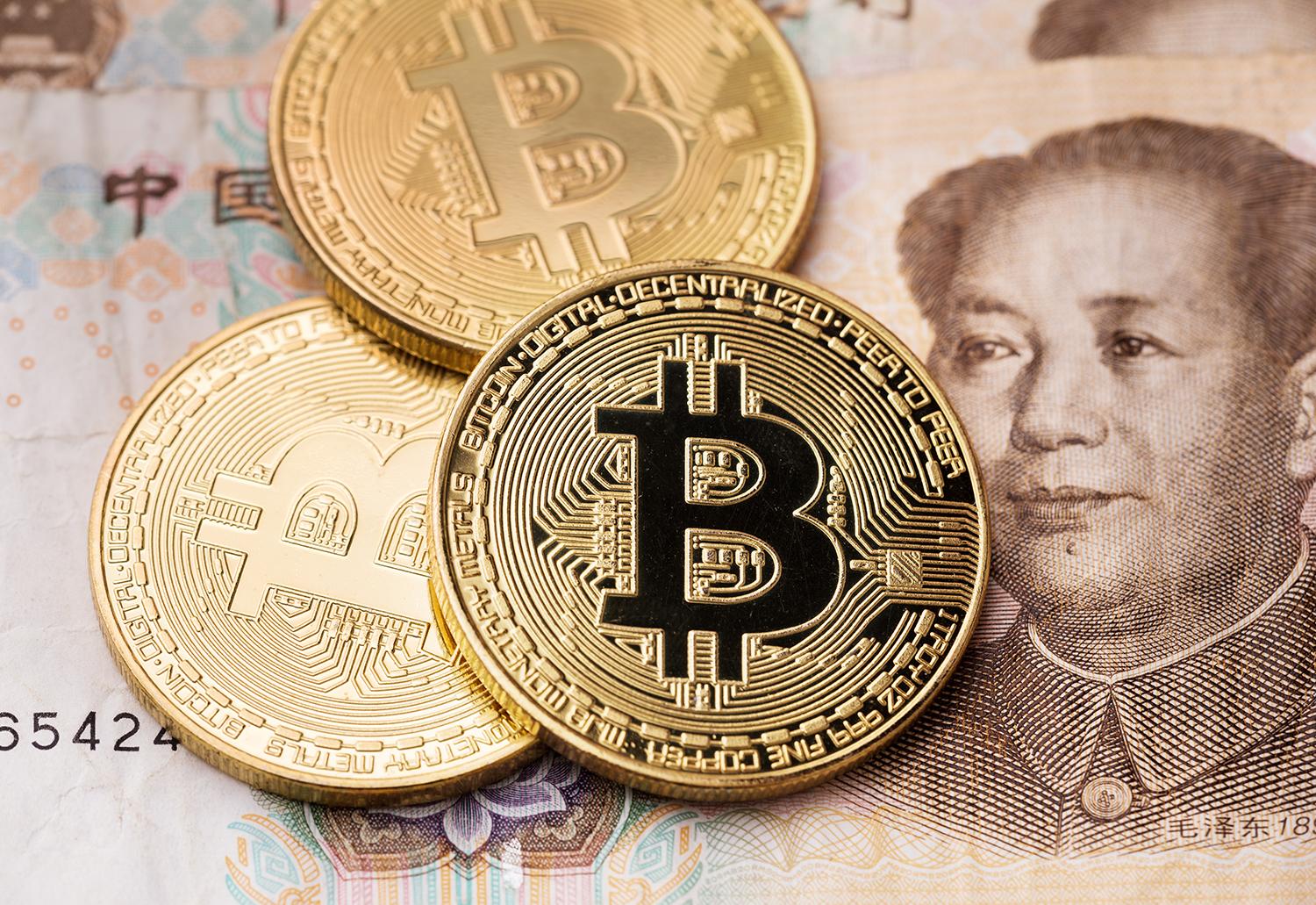How cryptocurrency works
Launched in 2014 and headquartered in Barcelona, Catalonia. Bisq is an open-source cryptocurrency trading software that enables individuals from across the globe to trade a range of digital currencies and tokens in a peer-to-peer manner. https://tribaldesigncr.com/ It currently does not disclose how many cryptocurrencies it supports.
While buying a few hundred dollars worth of Bitcoin from a local Bitcoin ATM may be convenient, it makes more sense to use an exchange if you are looking to invest a larger amount or you’re interested in buying a range of cryptocurrencies.
Cryptocurrency investors who use the instant buy feature will incur a charge for the service. The fee will vary depending on the funding method, market conditions, order size, and asset type. When ready to execute the trade, investors will find the fee included in the pricing.
While Coinbase is a suitable digital asset exchange for both new and advanced crypto investors, trading fees can be relatively high, ranging from 0% to 0.60%, depending on trade volume. In addition, Coinbase’s user feedback is relatively poor. For instance, several Trustpilot users mention problems with customer support. Additionally, there are numerous stories of unexpected account closures that have tainted the exchange’s image.
“Crypto is a relatively new asset class that is picking up interest as the days go by. We have seen “new” assets garner a great deal of interest and simply go away as time goes on. I do not believe crypto will be an asset that goes away, but how it is used and what coin or option will be the most viable is hard to tell. I think the best way to go about investing in this space is using an ETF (Exchange Traded Fund) that will provide you with exposure and diversification within the asset class. It will also insulate you from fraudsters and thieves who may try to steal Bitcoin directly from your wallet. You may think that this is impossible, but we had a family we work with that had $150k of Bitcoin stolen right from their wallet, and there was nothing they could do about it.” – Lawrence Spung, a member of Investopedia’s Financial Advisor Council.
Cryptocurrencies
Stablecoins are cryptocurrencies designed to maintain a stable level of purchasing power. Notably, these designs are not foolproof, as a number of stablecoins have crashed or lost their peg. For example, on 11 May 2022, Terra’s stablecoin UST fell from $1 to 26 cents. The subsequent failure of Terraform Labs resulted in the loss of nearly $40B invested in the Terra and Luna coins. In September 2022, South Korean prosecutors requested the issuance of an Interpol Red Notice against the company’s founder, Do Kwon. In Hong Kong, the expected regulatory framework for stablecoins in 2023/24 is being shaped and includes a few considerations.
South Africa, which has seen a large number of scams related to cryptocurrency, is said to be putting a regulatory timeline in place that will produce a regulatory framework. The largest scam occurred in April 2021, where the two founders of an African-based cryptocurrency exchange called Africrypt, Raees Cajee and Ameer Cajee, disappeared with $3.8 billion worth of bitcoin. Additionally, Mirror Trading International disappeared with $170 million worth of cryptocurrency in January 2021.

Stablecoins are cryptocurrencies designed to maintain a stable level of purchasing power. Notably, these designs are not foolproof, as a number of stablecoins have crashed or lost their peg. For example, on 11 May 2022, Terra’s stablecoin UST fell from $1 to 26 cents. The subsequent failure of Terraform Labs resulted in the loss of nearly $40B invested in the Terra and Luna coins. In September 2022, South Korean prosecutors requested the issuance of an Interpol Red Notice against the company’s founder, Do Kwon. In Hong Kong, the expected regulatory framework for stablecoins in 2023/24 is being shaped and includes a few considerations.
South Africa, which has seen a large number of scams related to cryptocurrency, is said to be putting a regulatory timeline in place that will produce a regulatory framework. The largest scam occurred in April 2021, where the two founders of an African-based cryptocurrency exchange called Africrypt, Raees Cajee and Ameer Cajee, disappeared with $3.8 billion worth of bitcoin. Additionally, Mirror Trading International disappeared with $170 million worth of cryptocurrency in January 2021.
Each of our coin data pages has a graph that shows both the current and historic price information for the coin or token. Normally, the graph starts at the launch of the asset, but it is possible to select specific to and from dates to customize the chart to your own needs. These charts and their information are free to visitors of our website. The most experienced and professional traders often choose to use the best crypto API on the market. Our API enables millions of calls to track current prices and to also investigate historic prices and is used by some of the largest crypto exchanges and financial institutions in the world. CoinMarketCap also provides data about the most successful traders for you to monitor. We also provide data about the latest trending cryptos and trending DEX pairs.
According to PricewaterhouseCoopers, four of the 10 biggest proposed initial coin offerings have used Switzerland as a base, where they are frequently registered as non-profit foundations. The Swiss regulatory agency FINMA stated that it would take a “balanced approach” to ICO projects and would allow “legitimate innovators to navigate the regulatory landscape and so launch their projects in a way consistent with national laws protecting investors and the integrity of the financial system.” In response to numerous requests by industry representatives, a legislative ICO working group began to issue legal guidelines in 2018, which are intended to remove uncertainty from cryptocurrency offerings and to establish sustainable business practices.
China cryptocurrency
By mid September, US President Donald Trump announced tariffs on $250 billion worth of Chinese imports, while threatening a further $267 billion-worth. In 2017 China exported $505.5 billion in goods and services to the US, versus $130 billion from the US to China. China has vowed to retaliate with counter-tariffs. But as the smaller importer, China will need to go beyond its trade ammunition. One strategic move China could make is to release its dark horse: a digitalized renminbi (RMB).
In late September 2021, the People’s Bank of China (PBOC) banned all cryptocurrency transactions. The PBOC cited the role of cryptocurrencies in facilitating financial crime as well as posing a growing risk to China’s financial system owing to their highly speculative nature. However, one other possible reason behind the cryptocurrency ban is an attempt to combat capital flight from China.
The One Belt One Road initiative could allow China to control the artery of trade in global emerging markets, where most growth will take place in the coming decades. If the PBOC issues its own cryptocurrency and uses it to replace the dollar for trade along the belt and road, it could challenge the dollar’s dominance and offer optionality to these countries. A considerable portion of the belt and road trade and investments are being carried out by Chinese state-owned enterprises with a political mandate. This could make the implementation of a PBOC-backed cryptocurrency more efficient. Such a digitally controlled approach could allow China to strike a balance between capital control and RMB internationalization that wasn’t possible before.

By mid September, US President Donald Trump announced tariffs on $250 billion worth of Chinese imports, while threatening a further $267 billion-worth. In 2017 China exported $505.5 billion in goods and services to the US, versus $130 billion from the US to China. China has vowed to retaliate with counter-tariffs. But as the smaller importer, China will need to go beyond its trade ammunition. One strategic move China could make is to release its dark horse: a digitalized renminbi (RMB).
In late September 2021, the People’s Bank of China (PBOC) banned all cryptocurrency transactions. The PBOC cited the role of cryptocurrencies in facilitating financial crime as well as posing a growing risk to China’s financial system owing to their highly speculative nature. However, one other possible reason behind the cryptocurrency ban is an attempt to combat capital flight from China.
The One Belt One Road initiative could allow China to control the artery of trade in global emerging markets, where most growth will take place in the coming decades. If the PBOC issues its own cryptocurrency and uses it to replace the dollar for trade along the belt and road, it could challenge the dollar’s dominance and offer optionality to these countries. A considerable portion of the belt and road trade and investments are being carried out by Chinese state-owned enterprises with a political mandate. This could make the implementation of a PBOC-backed cryptocurrency more efficient. Such a digitally controlled approach could allow China to strike a balance between capital control and RMB internationalization that wasn’t possible before.
